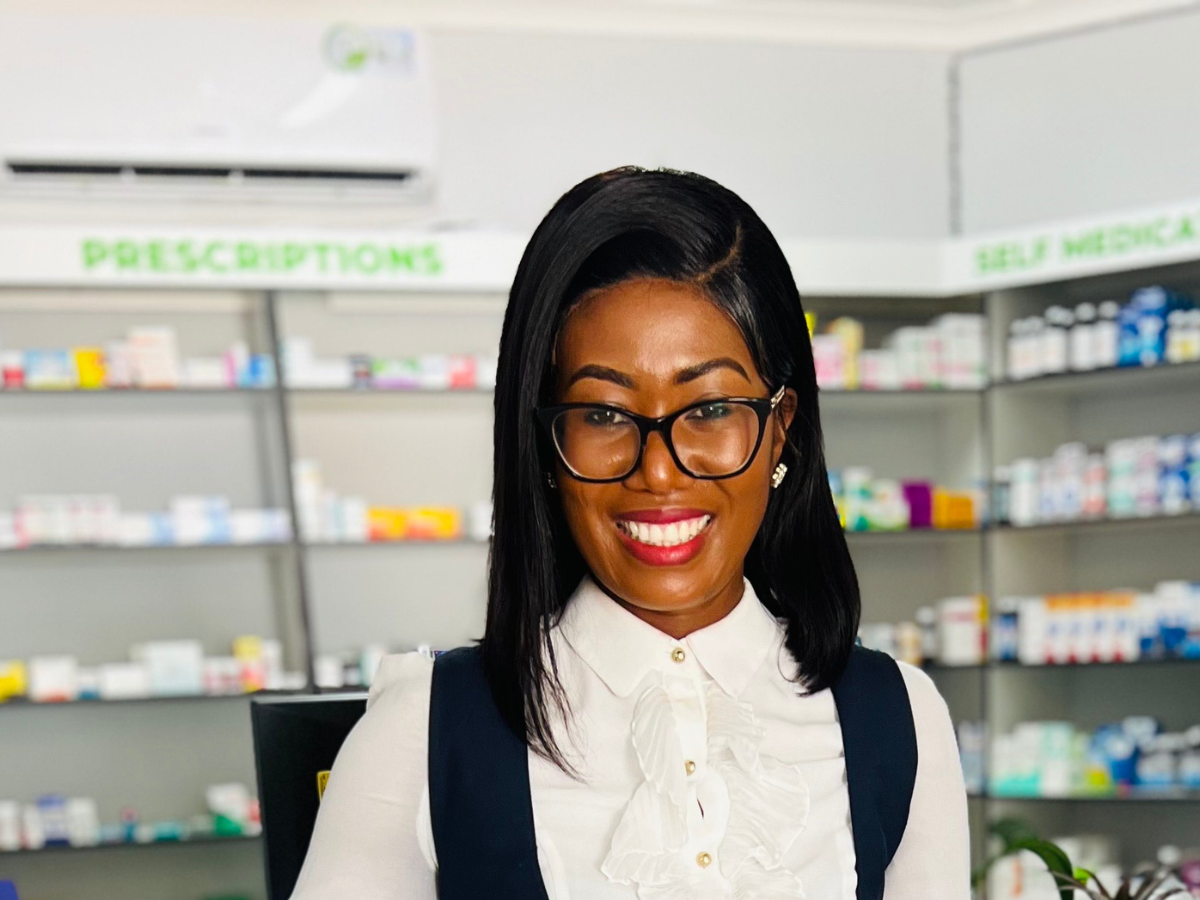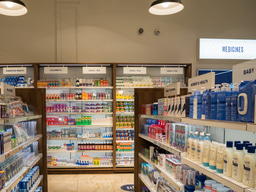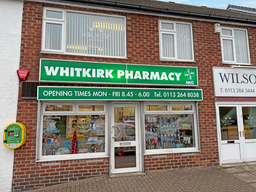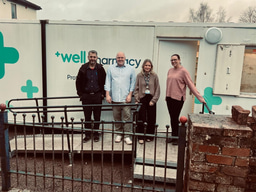What is community pharmacy like in Namibia?

Emilia Ananias-Nantinda has been a pharmacy owner in Namibia for nearly 10 years, but says pharmacy is “a profession not really well known in my country, it’s only starting to pick up now”.
She went to the University of Namibia to do her pre-med course, and after completing it she was offered the option of either medicine or pharmacy. And once she chose pharmacy, she “fell in love with the whole thing”.
In Namibia, there is hospital pharmacy (in state hospitals or the private sector), academic pharmacy and retail pharmacy (equivalent to community pharmacy).
Read more: Astropharmacy: taking medication into space is not as simple as it seems
Once graduated, aspiring pharmacists take a one-year internship like the pre-reg year in the UK (though Ananias-Nantinda says that the process is under review because of plans to introduce more training on top of the internship).
Having completed her internship at a state hospital before moving into central medication procurement for a year, she then moved into retail pharmacy.
But Ananias-Nantinda always knew she wanted to run her own pharmacy, having learnt about “the ethical principles of business” through her aunt, who sold second-hand clothing while raising Ananias-Nantinda after she lost both parents at a young age.
Read more: ‘It was amazing!’: Olympics lead pharmacist on dispensing to the world’s best athletes
After a year working in retail pharmacy, Ananias-Nantinda opened her first pharmacy, Olupandu Pharmacy, in the northern town of Ondangwa in November 2015.
“Because of my personality, I love being able to make a difference. In retail, if a patient needs something and it’s available, I’m able to do my best to get it for them. Whereas if you are in a different setting where you are not really in charge, it’s not going to be as fast as you want it to be.”

Changes
She says there have been a lot of changes over the years, including a “bit of challenge in medical aid (health insurance) over the last five years. That is affecting us significantly because we work hand in hand with medical aid to provide services to the people.
"The cost of everything has gone up, so medical aid is paying less for almost everything, and that is affecting us. The main challenge is the cost and availability of medicine."
Read more: Life on ‘White Mars’: Is there pharmacy in Antarctica?
Namibia is one of the least densely populated countries in the world and Ananias-Nantinda explains that “it’s not always convenient for manufacturers to come and set up here because of that”.
“We are forced to procure from outside and that definitely affects the cost and in turn the availability, and everything else in between.”
There are also staffing shortages too. “We still don’t have enough pharmacists yet. We still rely quite a lot on other countries to help us in training. I think a bigger percentage of pharmacists we have are also in the private sector, so there’s a big need in the state facilities.”
“Things won’t be perfect”
One of Ananias-Nantinda’s biggest achievements is opening her second pharmacy, Oshigambo Pharmacy, in February 2024, nearby to her first in the town of Oniipa. And she has some advice for aspiring women pharmacists who want to run their own pharmacy business.
“Just start where you are with what you have. Things won’t be perfect and there isn’t a perfect time. It’s also important to have a mentor, because that really helped me stay focused and grounded.
Read more: Beirut: a pharmacy during conflict
"When times are hard, you just want to talk to someone, and it helps quite a lot. Mentorship plays an important role in staying in business.”
And she says “in the beginning” as a woman in the industry “you are doubted a lot compared to your male counterparts. People don’t think you will be as committed, or as resilient, because they expect women to take the easy way out. For me, challenges are an invitation to the table to participate. I don’t really let it get to me.”







Please sign in or register for FREE
If you are a registered user on C+D Community, please sign in